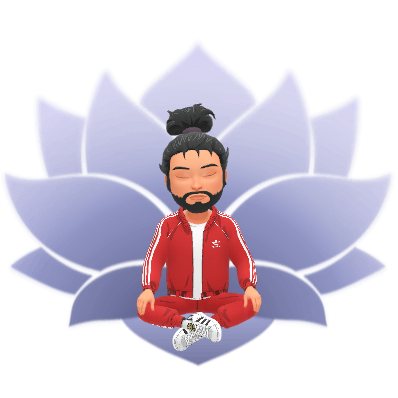In my opinion, there are two ways of living: what is right and what is wrong. However, after attending critical thinking classes, I have come to realize that what we learn in these classes is essentially the same as what is taught in the Sanatan religion – that before taking any action or forming any perception, we should think critically and morally, and consider what is right and wrong for humanity.
This means that we should not judge anyone based on their religion, language, caste, place of origin, country, etc. With proper knowledge, we can avoid making incorrect assumptions, conclusions, and beliefs.
However, as we learned in the first two critical thinking classes, the truth can vary from person to person.
For example, Bhagat Singh, Sukhdev, and Rajguru are considered Indian freedom fighters, but at the time, they were considered terrorists. Even today, some still refer to them as revolutionary terrorists, while others consider them revolutionary freedom fighters. This is how truth can differ for different people, but the truth remains the same.
In the end, I believe that God and scientific theories are similar. In scripture, God is in a metamorphic form that evolves with human intelligence, just like scientific theories. Whether you believe in God or not, the question of being an atheist or theist will never have an answer.
There are some similarities between beliefs in a deity or deities and scientific theories in that both can change and evolve as our understanding and knowledge increase. Scientific theories, however, are based on evidence and subject to testing, while religious beliefs are often based on faith and personal interpretation.
Science is constantly advancing and new discoveries can lead to the revision or replacement of previous theories, while religious beliefs may change more slowly and often involve a reconsideration of tradition and doctrine. Scientific theories aim to provide a comprehensive explanation for natural phenomena, while religious beliefs may offer a metamorphic framework for understanding the meaning and purpose of existence.
Ultimately, the way people understand and interact with scientific theories and religious scripture and beliefs may vary widely based on individual experiences, cultural backgrounds, and personal beliefs.

is similar to today’s scientific theories

This similarity does not end here; it also shows many similarities between religion and modern society.
Overall, the similarities between religion and modern society reflect the enduring human desire for meaning and purpose, as well as the importance of community and connection in our lives. Whether it be through religious beliefs or social values, both offer a sense of comfort and guidance, helping individuals to navigate the complexities of modern life and find a path to personal fulfillment and happiness.
So whether you are an atheist or theist, a normal or critical thinker, it is important to not only consider your own well-being but also what is right and wrong for humanity as a whole. Seek a path that leads to personal fulfillment and happiness while considering the impact on others.
But after trying and rejecting the modern atheist system I will consider religious scriptures as my guidance and guardian.
Thank you for reading until the end.

VISHNU BHAGAT
